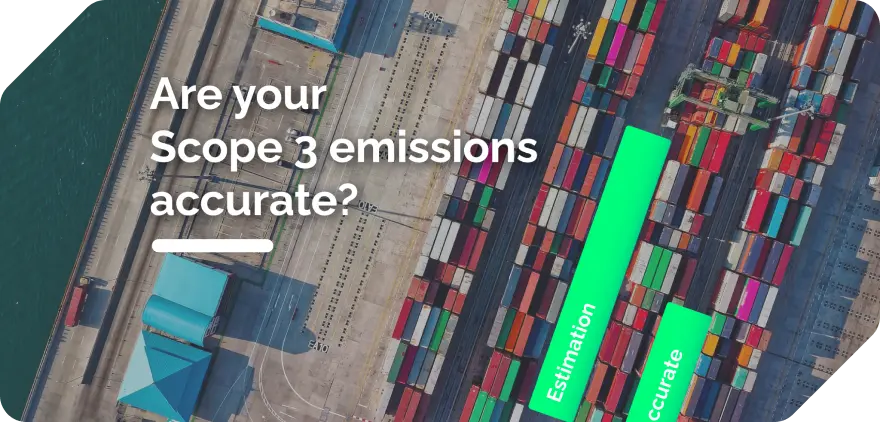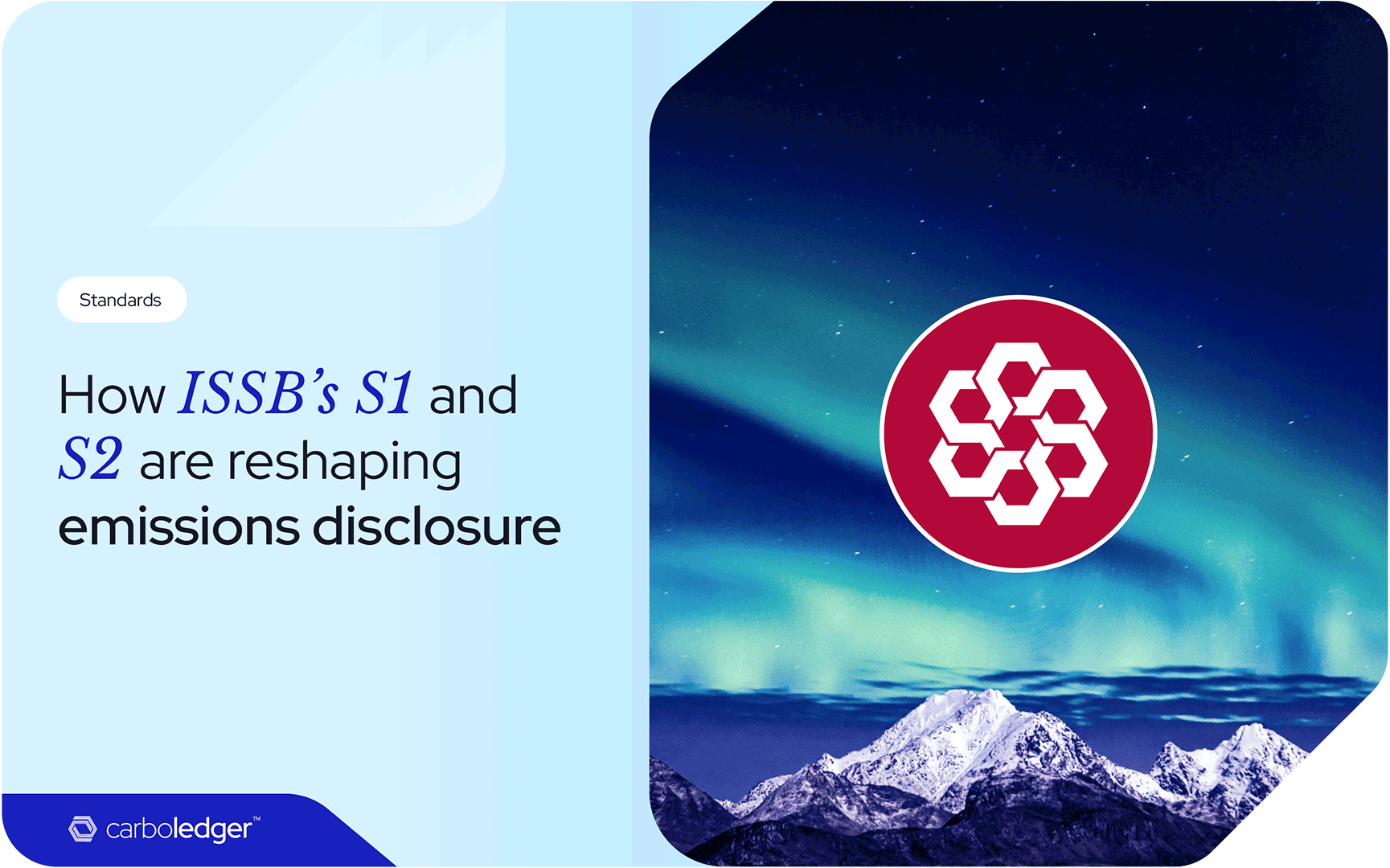ISSB's IFRS S1 and S2 set a new benchmark in sustainability reporting. Learn how these standards impact emissions disclosure across the globe.
Read BlogThis website uses cookies so that we can provide you with the best user experience possible. Cookie information is stored in your browser and performs functions such as recognising you when you return to our website and helping our team to understand which sections of the website you find most interesting and useful.





